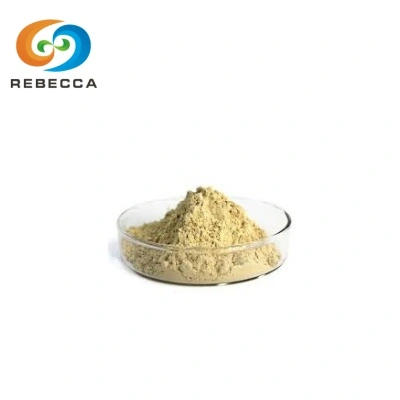Antioxidant Benefits of Lingonberry Extract
In the vast landscape of functional foods and nutraceuticals, few ingredients have garnered as much scientific attention for their antioxidant properties as lingonberry extract.
Understanding the antioxidant benefits of this Nordic berry requires examining both the underlying chemistry of its bioactive compounds and the specific mechanisms through which they exert their protective effects. Its unique composition, combined with its excellent bioavailability and stability, positions it as a superior choice among natural antioxidant sources. This comprehensive exploration will delve into the material basis of its antioxidant activity, examine specific benefits and mechanisms, and discuss the various factors that influence the potency of these remarkable berry extracts.
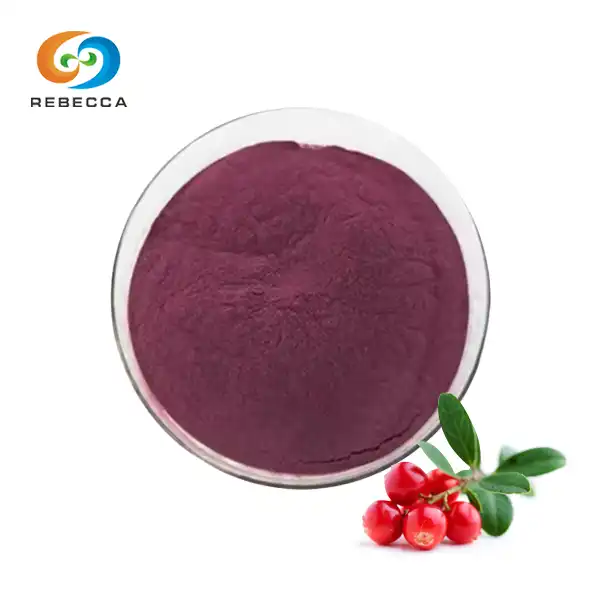
Product name: Lingonberry fruit extract anthocyanidins
Plant source: Vaccinium vitis-idaea L.
Product specification: 5-25% anthocyanins,fruit powder,juice powder
Detection method: UV
Product properties: purple powder
Use part: Fruit
Shelf life: 24 months
Material Basis Of Antioxidant Activity
The exceptional antioxidant properties of lingonberry extract stem from its rich composition of phenolic compounds, with anthocyanins serving as the primary contributors to its potent free radical scavenging capabilities. These water-soluble pigments, responsible for the berry's characteristic deep red color, belong to the flavonoid family and demonstrate remarkable stability compared to anthocyanins found in other berry sources. The predominant anthocyanins in lingonberry include cyanidin-3-glucoside, cyanidin-3-galactoside, and delphinidin-3-glucoside, each contributing unique antioxidant properties to the overall extract profile.
Beyond anthocyanins, it contains significant quantities of phenolic acids, including caffeic acid, ferulic acid, and chlorogenic acid. These compounds work in conjunction with anthocyanins to create a synergistic antioxidant effect that surpasses the individual contributions of each component. The phenolic acid content varies depending on the maturity of the berries at harvest, with fully ripened berries typically containing higher concentrations of these bioactive compounds. This chemical diversity is what makes lingonberry extract particularly effective as a broad-spectrum antioxidant agent.
Flavonol glycosides represent another important class of antioxidant compounds. Quercetin derivatives, including quercetin-3-glucoside and quercetin-3-galactoside, contribute significantly to the overall antioxidant capacity of the extract. These compounds demonstrate excellent stability under various pH conditions and temperature ranges, making them particularly valuable for commercial applications. The presence of these flavonol glycosides also enhances the bioavailability of other antioxidant compounds in the extract, creating a more effective overall antioxidant system.
The proanthocyanidin content of lingonberry extract adds another dimension to its antioxidant profile. These complex polyphenolic compounds, consisting of catechin and epicatechin units linked together, demonstrate exceptional free radical scavenging abilities and metal chelation properties. The degree of polymerization of these proanthocyanidins influences their antioxidant activity, with dimers and trimers showing particularly high potency. Research has shown that the proanthocyanidin profile remains remarkably consistent across different growing regions, ensuring reliable antioxidant activity regardless of geographical origin.
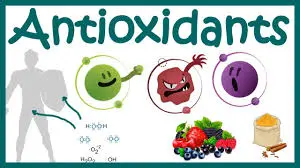
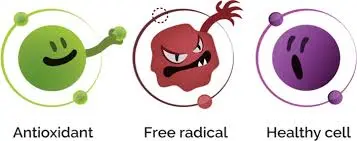
Specific Antioxidant Benefits And Mechanisms Of Action
The antioxidant mechanisms of lingonberry extract operate through multiple pathways, with free radical scavenging representing the most well-characterized mode of action. The anthocyanins and other phenolic compounds in the extract donate hydrogen atoms or electrons to neutralize reactive oxygen species, including superoxide anions, hydroxyl radicals, and singlet oxygen. This electron-donating capacity is particularly pronounced due to the multiple hydroxyl groups present on the phenolic ring structures, which can undergo oxidation to form stable quinone structures while neutralizing harmful free radicals in the process.
Metal chelation represents another critical antioxidant mechanism through which lingonberry extract exerts its protective effects. Transition metals such as iron and copper can catalyze the formation of highly reactive hydroxyl radicals through Fenton reactions, leading to oxidative damage to cellular components. The phenolic compounds can bind to these metal ions, forming stable complexes that prevent their participation in oxidative reactions. This chelation activity is particularly important in biological systems where metal ion concentrations can fluctuate due to various physiological processes.
The ability of lingonberry extract to modulate antioxidant enzyme systems represents a sophisticated level of antioxidant protection that extends beyond simple radical scavenging. Research has demonstrated that regular consumption of lingonberry extract can upregulate the expression and activity of endogenous antioxidant enzymes, including superoxide dismutase, catalase, and glutathione peroxidase. This enzymatic enhancement creates a sustained antioxidant environment that continues to provide protection even after the direct radical scavenging compounds have been consumed or metabolized.
Lipid peroxidation inhibition constitutes one of the most practically significant benefits of antioxidant activity. Polyunsaturated fatty acids in cell membranes are particularly susceptible to oxidative damage, which can lead to membrane dysfunction and cellular damage. The lipophilic properties of certain compounds allow them to integrate into lipid bilayers, where they can interrupt lipid peroxidation chain reactions. This membrane-protective effect is crucial for maintaining cellular integrity and preventing age-related degenerative processes.
DNA protection represents another vital antioxidant benefit provided by lingonberry extract. Oxidative damage to DNA can result in mutations and cellular dysfunction, contributing to aging and disease development. Its compounds can scavenge reactive oxygen species before they reach nuclear DNA, while also promoting DNA repair mechanisms. Studies have shown that regular intake of lingonberry extract can significantly reduce markers of oxidative DNA damage, suggesting a protective effect against age-related genetic deterioration.
Factors Affecting Antioxidant Activity Of Extracts
The antioxidant potency of lingonberry extract is significantly influenced by the geographical origin and growing conditions of the source berries. Berries grown in northern latitudes with extended daylight hours during the growing season tend to develop higher concentrations of anthocyanins and other phenolic compounds as a protective response to increased UV radiation exposure. Soil composition, particularly the availability of trace minerals and organic matter content, also affects the synthesis of antioxidant compounds in the developing berries. These environmental factors create natural variations in extract potency that must be considered during sourcing and standardization processes.
Harvesting timing represents a critical factor in determining the final antioxidant activity of lingonberry extract. Berries harvested at peak ripeness contain maximum concentrations of anthocyanins and other bioactive compounds, while early or late harvesting can result in significantly reduced antioxidant content. The challenge lies in balancing optimal antioxidant content with practical harvesting considerations, as fully ripe berries have a shorter shelf life and require more careful handling during processing. Advanced monitoring techniques using spectrophotometric analysis of berry samples can help determine optimal harvesting windows for maximum antioxidant yield.
Processing methods and extraction techniques have profound effects on the final antioxidant activity of lingonberry extract. Traditional solvent extraction methods using ethanol or water can preserve most antioxidant compounds, but the choice of solvent, extraction temperature, and duration all influence the final compound profile. Modern extraction techniques such as supercritical fluid extraction or pressurized liquid extraction, can improve the efficiency of antioxidant compound recovery while minimizing degradation during processing. The pH conditions during extraction are particularly important, as anthocyanins are sensitive to pH changes and can undergo structural modifications that affect their antioxidant activity.
Storage conditions and extract stability considerations play crucial roles in maintaining antioxidant activity over time. Temperature, light exposure, oxygen availability, and moisture content all influence the degradation rate of antioxidant compounds. Proper packaging in light-resistant containers with minimal headspace can significantly extend the shelf life of the extract while maintaining its antioxidant potency. The addition of natural stabilizers or the use of microencapsulation techniques can further protect sensitive compounds from degradation during storage and transportation.
Standardization and quality control measures are essential for ensuring consistent antioxidant activity across different batches of lingonberry extract. Various analytical methods, including HPLC analysis of individual anthocyanins and spectrophotometric assays for total phenolic content, provide quantitative measures of antioxidant compound concentrations. However, these individual measurements may not fully reflect the overall antioxidant capacity of the extract, necessitating the use of functional assays such as DPPH or ORAC tests to evaluate actual antioxidant performance. The development of comprehensive quality control protocols that combine both compositional analysis and functional testing ensures that consumers receive products with predictable and reliable antioxidant benefits.
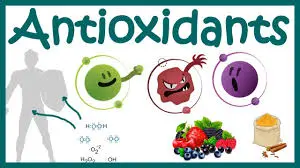
Rebecca: Lingonberry Extract For Sale
Rebecca specializes in providing premium-quality lingonberry extract sourced from the pristine Nordic forests, ensuring maximum antioxidant potency for your health and wellness needs.
Our Premium products Specifications:
- Botanical Source: Vaccinium vitis-idaea L.
- Active Compounds: 5-25% anthocyanins content
- Available Forms: Standardized fruit powder and concentrated juice powder
- Analysis Method: UV spectrophotometry
- Appearance: Fine purple powder with characteristic berry aroma
- Plant Part Used: Fresh mature fruits
- Shelf Life: 24 months under proper storage conditions
Our extract undergoes rigorous quality testing to ensure consistent antioxidant activity and purity. Each batch is carefully analyzed for anthocyanin content, total phenolic compounds, and overall antioxidant capacity to guarantee premium quality for your applications.
For detailed product information, technical specifications, or to place an order, please contact our team at information@sxrebecca.com. We provide comprehensive support, including product samples, certificates of analysis, and customized formulation assistance to meet your specific requirements.
Reference
Kylli, P., Nohynek, L., Puupponen-Pimiä, R., Westerlund-Wikström, B., Leppänen, T., Welling, J., ... & Heinonen, M. (2011). Lingonberry (Vaccinium vitis-idaea) and European cranberry (Vaccinium microcarpon) proanthocyanidins: isolation, identification, and bioactivities. Journal of Agricultural and Food Chemistry, 59(7), 3373-3384.
Kivimäki, A. S., Ehlers, P. I., Siltari, A., Turpeinen, A. M., Vapaatalo, H., & Korpela, R. (2012). Lingonberry, cranberry and blackcurrant juices affect mRNA expressions of inflammatory and atherothrombotic markers of SHR in a long-term treatment. Journal of Functional Foods, 4(2), 496-503.
Määttä-Riihinen, K. R., Kamal-Eldin, A., Mattila, P. H., González-Paramás, A. M., & Törrönen, A. R. (2004). Distribution and contents of phenolic compounds in eighteen Scandinavian berry species. Journal of Agricultural and Food Chemistry, 52(14), 4477-4486.
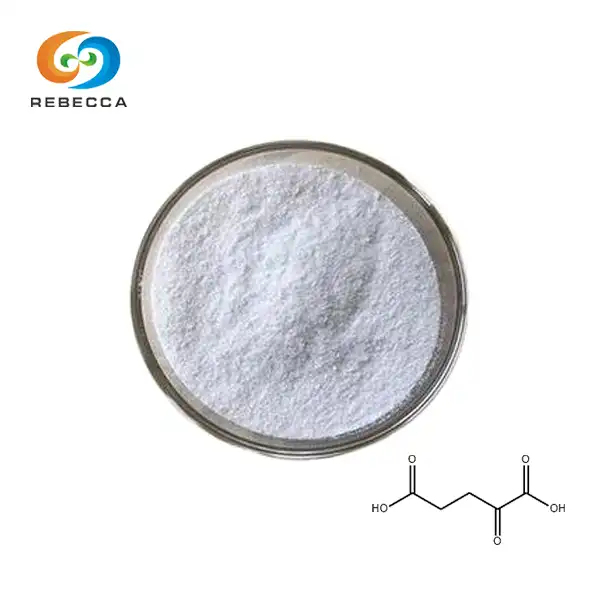
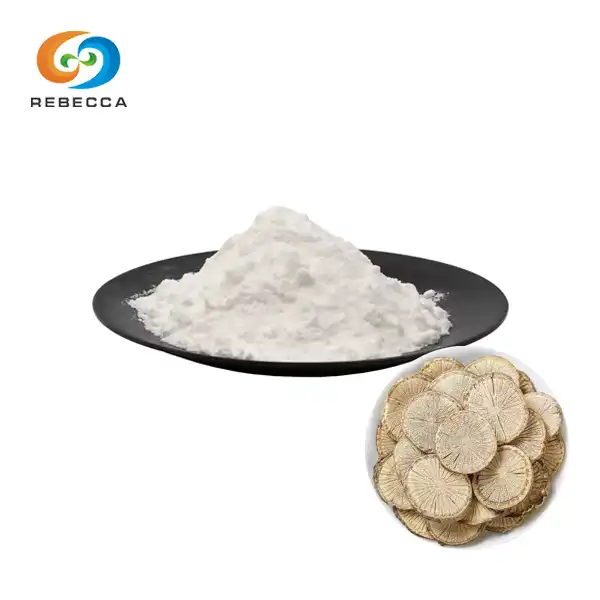
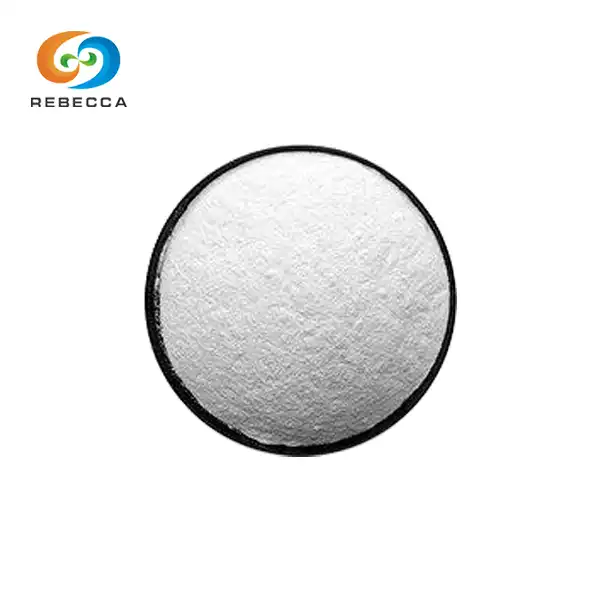
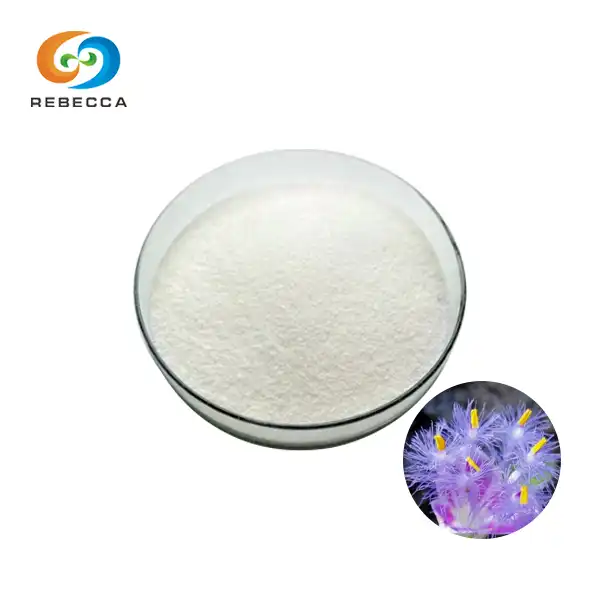
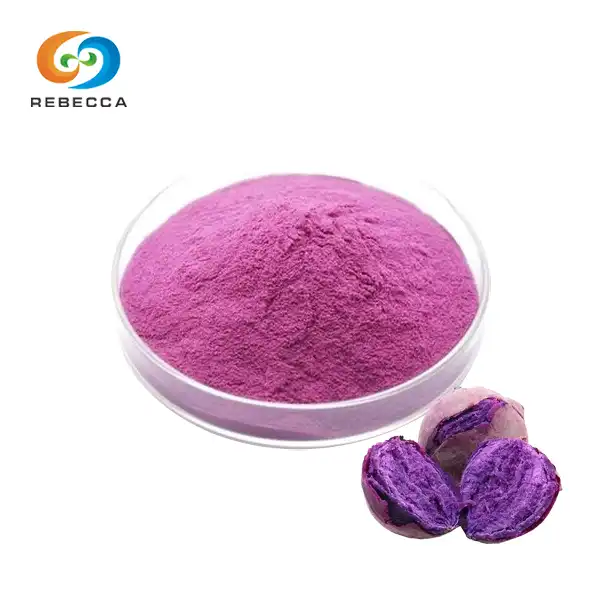
_1747205699273.webp)
